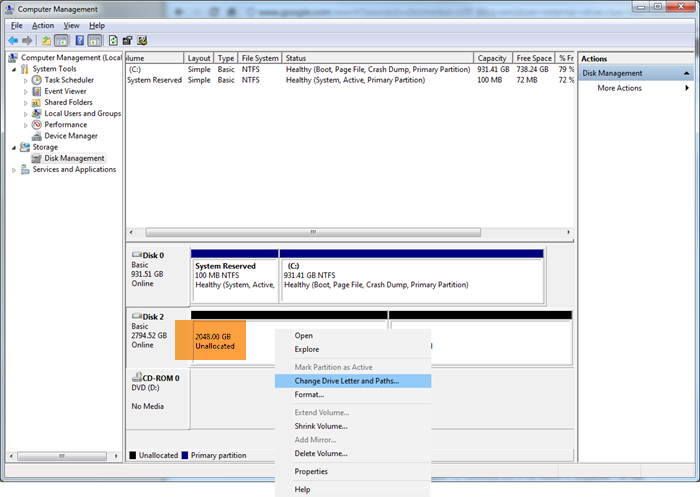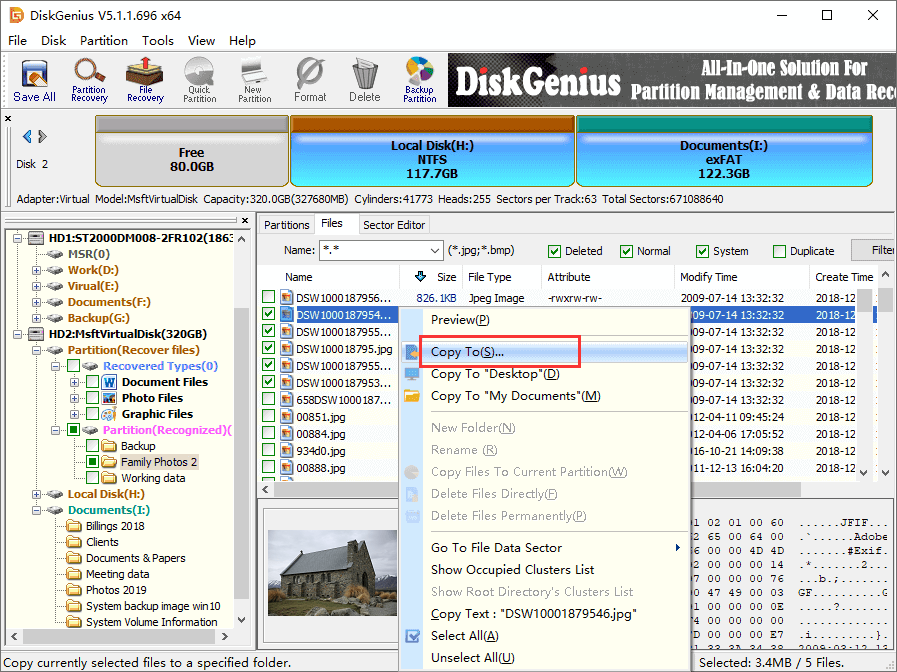


When setting up new computer, Windows installation setup will prompt to partition hard drive to make use of unallocated space. Unallocated disk area does not show up in Windows Explorer and it can't be used by system before it is allocated. Unallocated space also means free space where no data or applications can be written. What is unallocated space? Operating system regards any hard drive space that does not belong to a partition as unallocated. The table of content lists major topics and you can click link to read corresponding content. In the closing part, you can learn how to recover missing or unallocated space on USB drive.

Besides, it gives other solutions to deal with unallocated disk, for example, create new partition on unallocated disk as well as recover data from unallocated area. Once you’ve done this, you can check your USB drive capacity from the file explorer.The article posted here is going to talk about unallocated disk space, explaining how to add unallocated apace to partition or system drive. Moving on, type Format fs=Fat32 Quick and press Enter.Type Create Partition Primary and press Enter.Type Select Disk X and press Enter (note that X is the disk number of your USB drive).Open a Command Prompt as administrator ( cmd.exe).This method not always works, but it is the simplest method which you should try before all other means listed below. You will not be able to access the second partition after that and will also notice that your flash drive’s capacity has been lowered to 1 or 2 GB only.Ī straightforward method to rescue the storage capacity is to make the drive bootable again using the same software which you used earlier. During conversion into bootable form, your flash drive will get partitioned, and if the second partition (where the OS files are lying) gets damaged due to some issues, then the flash drive will only show you the first partition even after formatting it. One of the most common uses of the flash drive is making it bootable with any of the OS like Windows or Linux.


 0 kommentar(er)
0 kommentar(er)
